Often described as a true melting pot, the modern-day nation of Belize is a rich blend of different cultures, including the Maya, Garifuna, Creole, and Mestizo people.
During its earliest history, Belize was briefly under the dominion of Spain but then became Britain’s only mainland colony in the area. Later emigration of Mennonites from Germany and Switzerland added to the many European influences in Belizean music, including polkas, quadrilles, schottisches, and polkas.
Primarily from the Garifuna culture, local styles feature musical instruments like drums, banjo, accordion, guitar, and a donkey’s jaw bone (played like a saw or zither). The Mestizos, immigrants from Guatemala and Mexico, brought the marimba, double bass, and drum sets.
These various influences have created a number of distinct styles of musical expression in Belize. Cumbia, related to salsa and merengue, is a popular type of music played by troupes in areas where Mestizos live. Probably the most famous musical Creole style is known as “brukdown” (breakdown), a melodic mix of calypso featuring percussion and rhythms from a donkey’s jawbone, drums and banjos. Newer forms of brukdown are called “boom and chime” and feature the use of electric guitars, congas, and bass guitars.
Two related genres of music created in Belize are known as punta and punta rock. Developed by Garifuna musicians, punta and punta rock mix traditional rhythms and dance steps from African melodies and add modern lyrics to create a style somewhat similar to reggae. Punta and punta rock were developed for parties and social events where dancing is just as important a component as the music and singing.
Probably the most iconic component of Belizean music is Garifuna drumming. Whether as an accompaniment to other instruments or played solely, Garifuna drums are traditionally made from local hardwoods covered with a skin from peccaries (a kind of wild pig) or deer. Garifuna drumming preserves the flavor and intensity of its African origins, and is often played along with “siseras”, a kind of maraca.
The award-winning luxury resort of Chabil Mar on the Placencia Peninsula is an excellent place to stay in order to experience all of the rich musical heritage of Belize. With close access to Dangriga, the culture capital of Belize, and other towns and villages with a rich heritage of Maya, Creole, and Garifuna music, Chabil Mar features well-appointed villas, a lush tropical garden, and its own gourmet restaurant featuring elegant beachfront dining, with live garifuna drummers and dancers during our Friday night beach-side grill nights (in-season), where our chefs prepare your dinner for you on open grills adjacent to the dining area, outside.
Visit our website chabilmarvillas.com for more information on Belize, and don’t hesitate to send us an email, or call US/CAN Toll Free: 1-866-417-2377, Local: (011-501) 523-3606, if you have questions or need help in planning a Belize vacation.


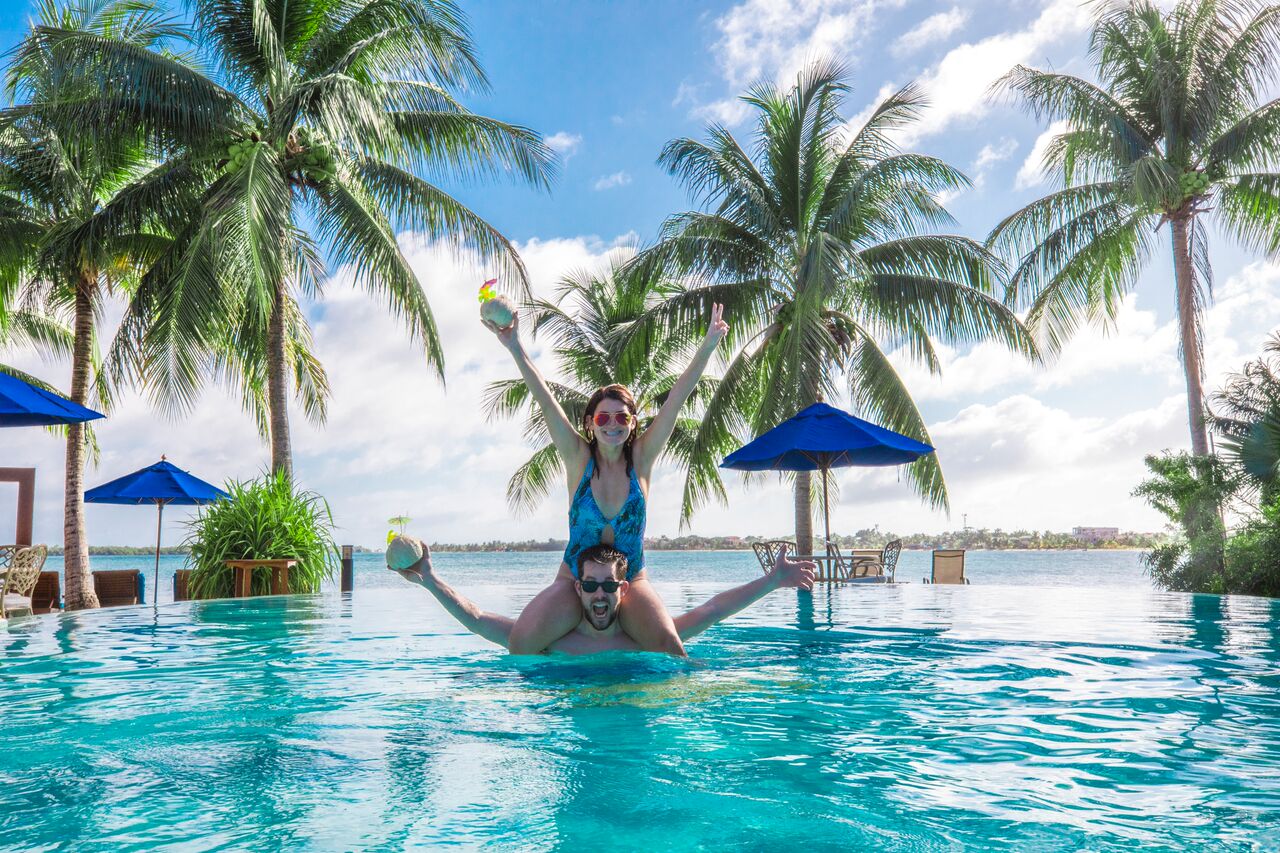


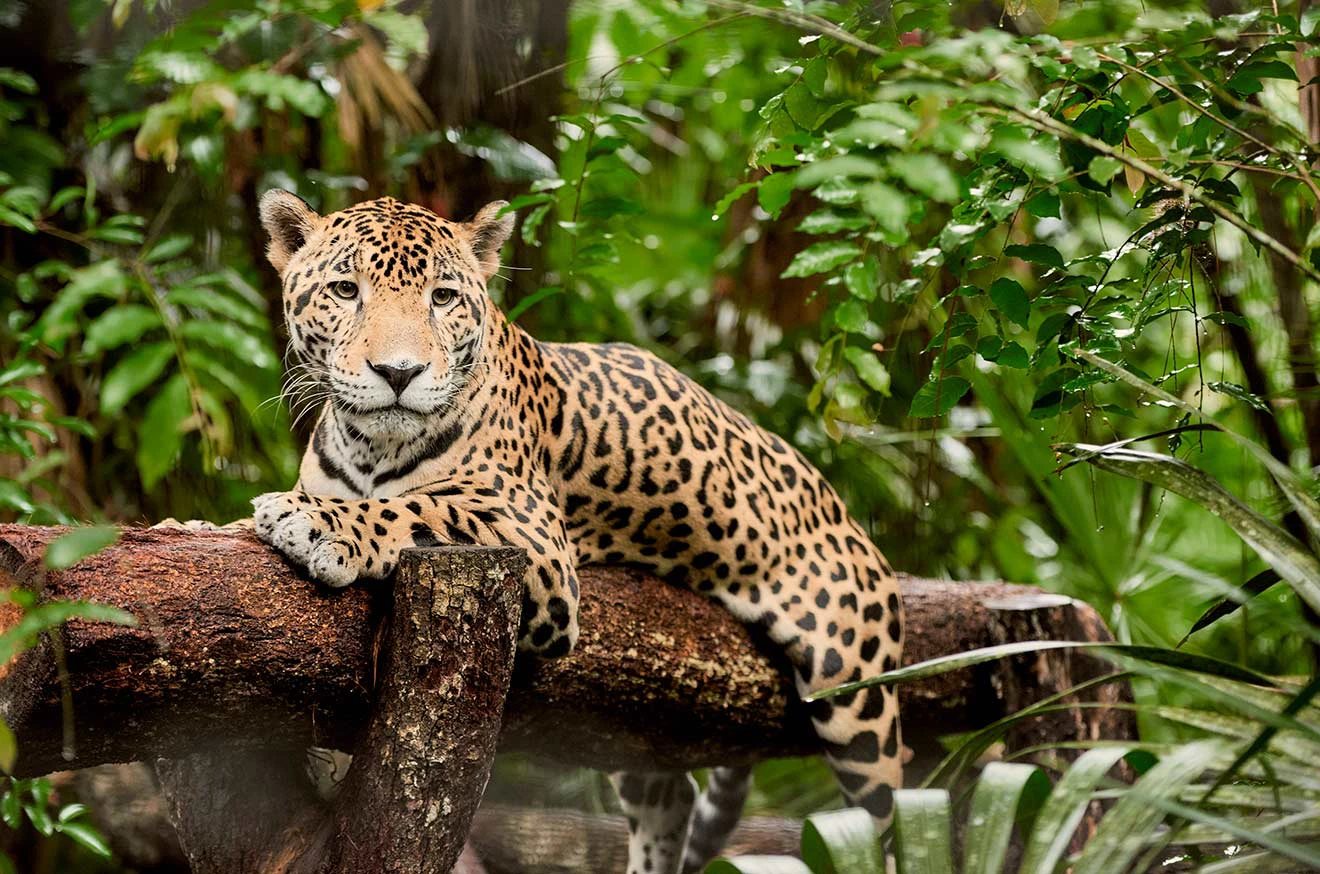
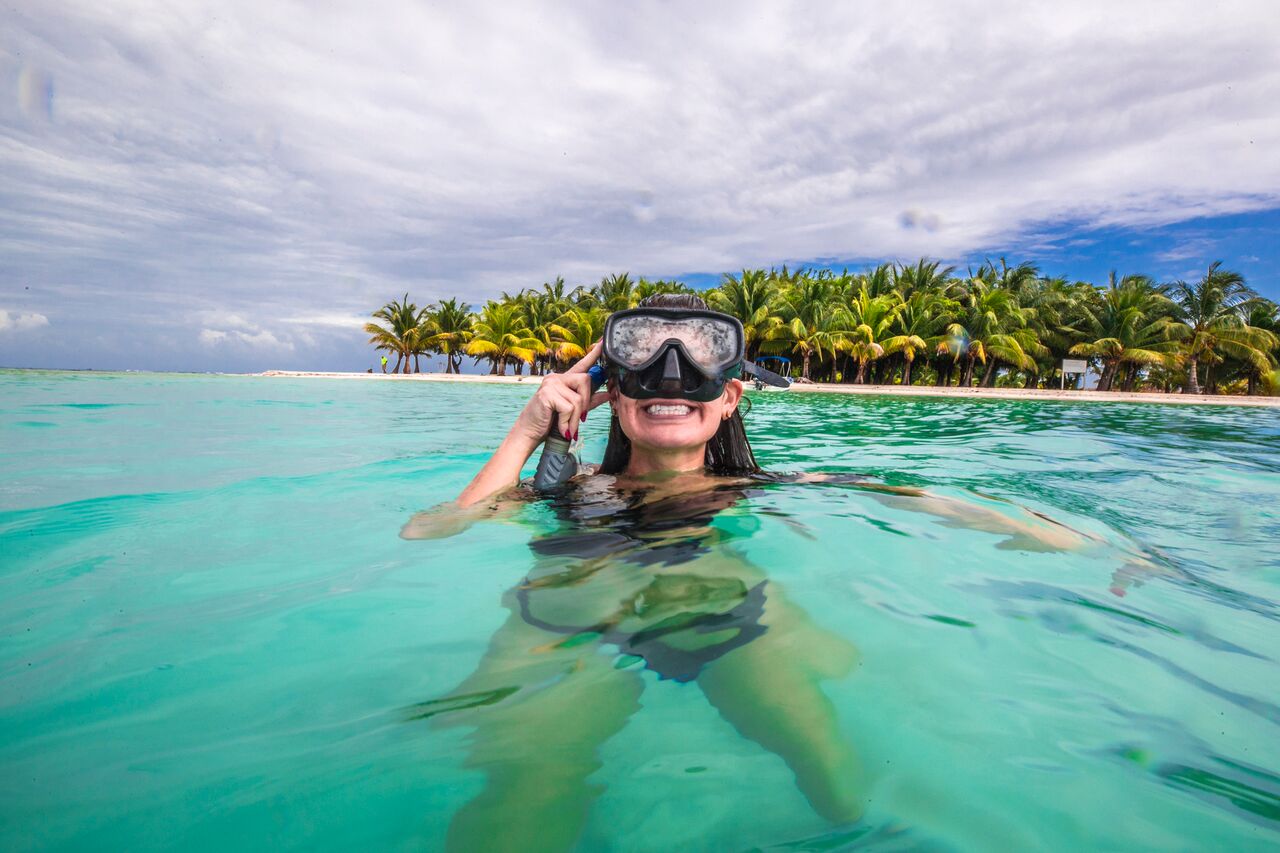
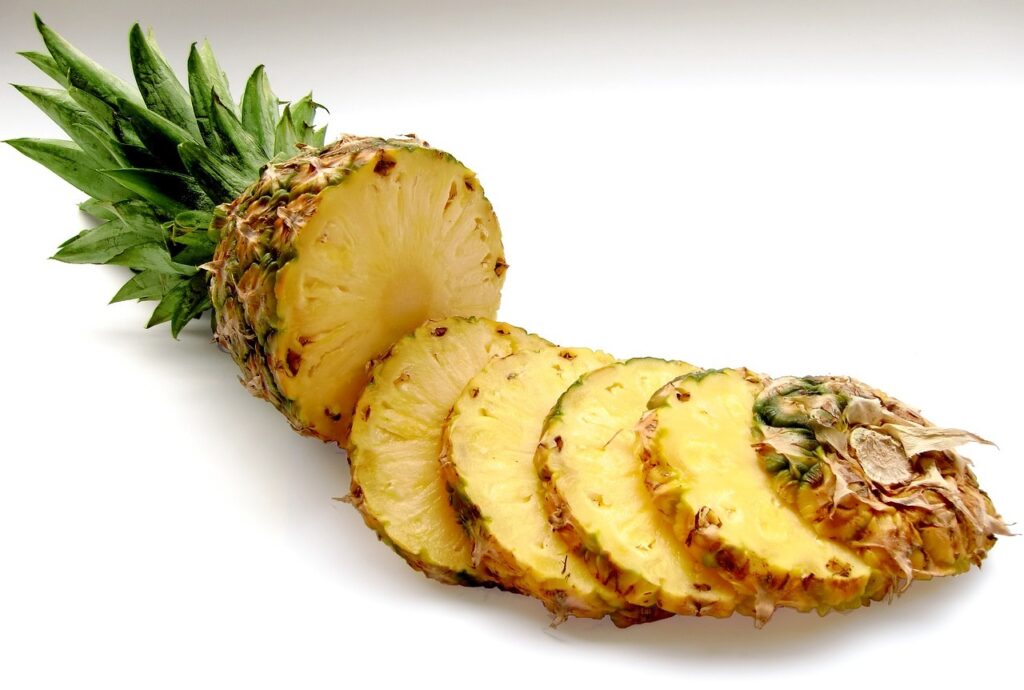
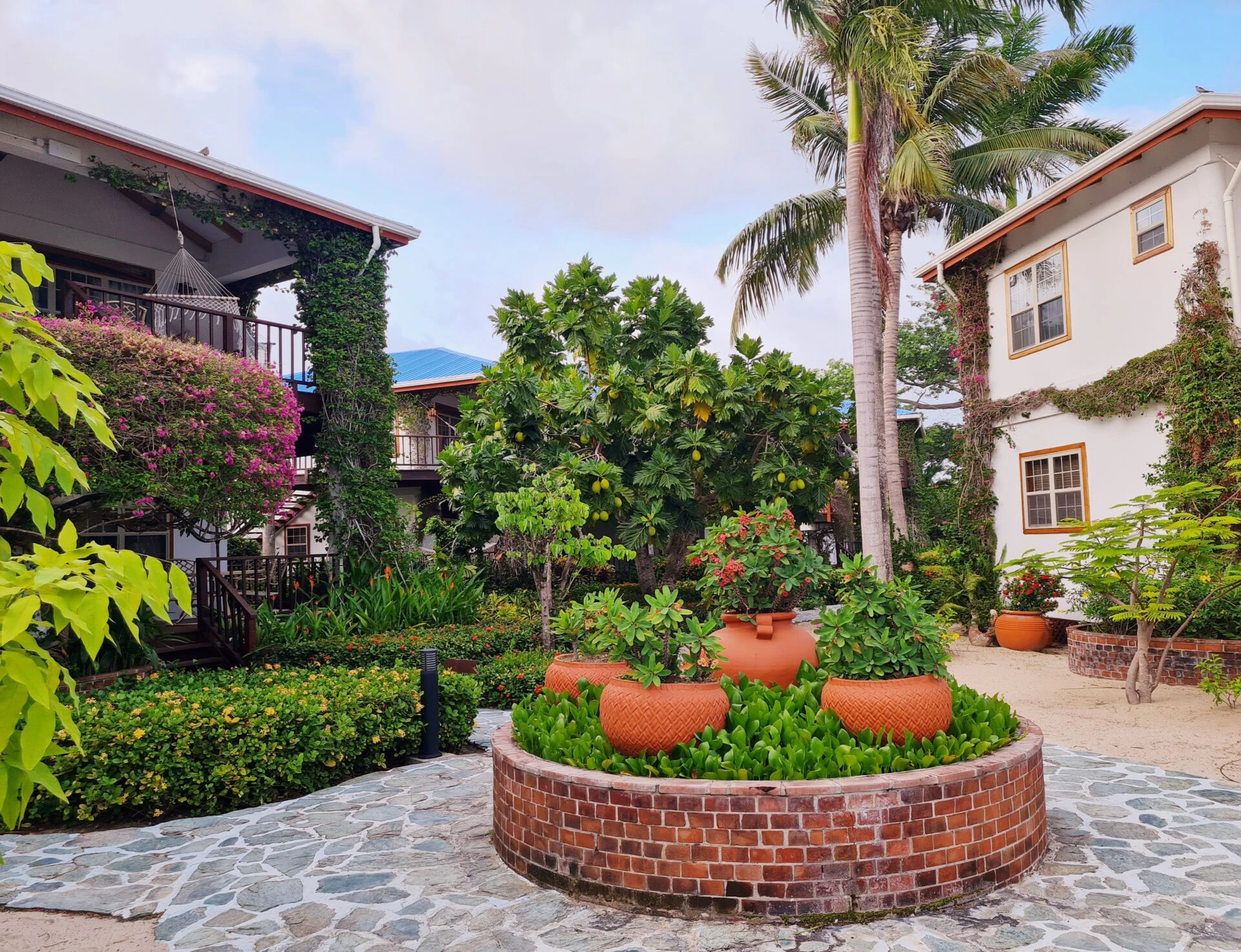
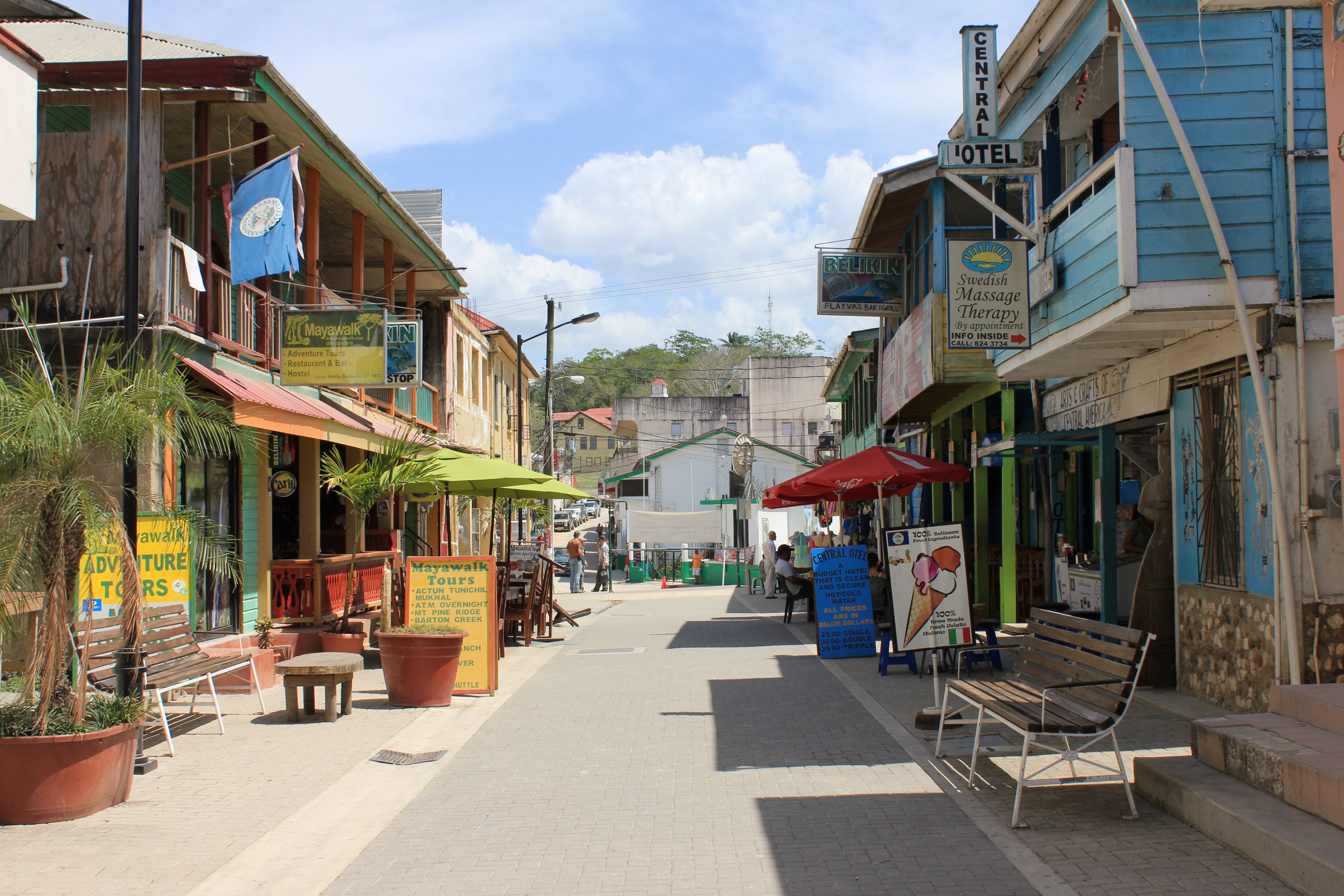



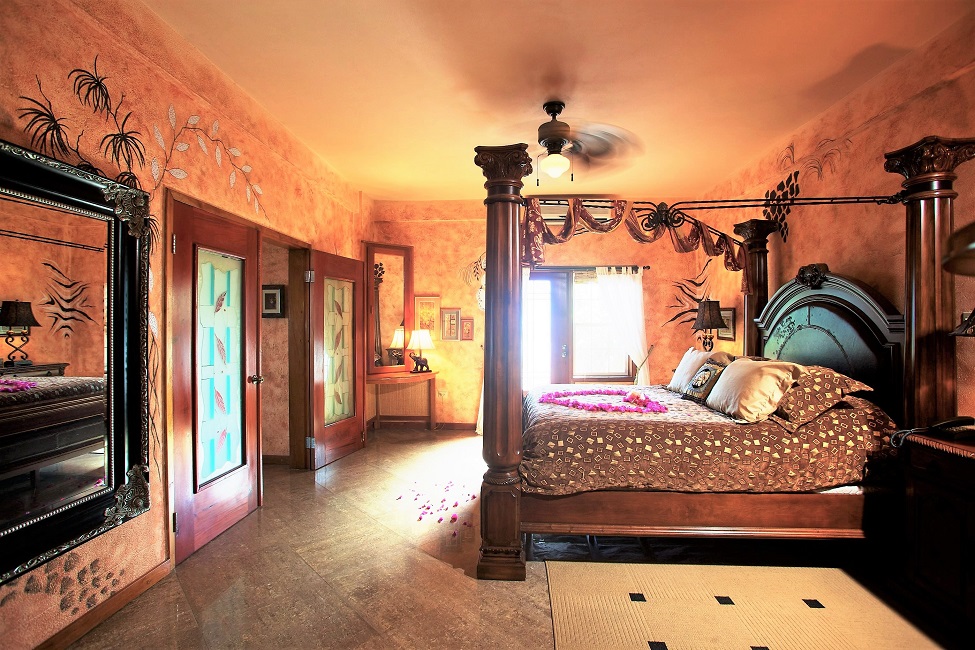


Follow Us!